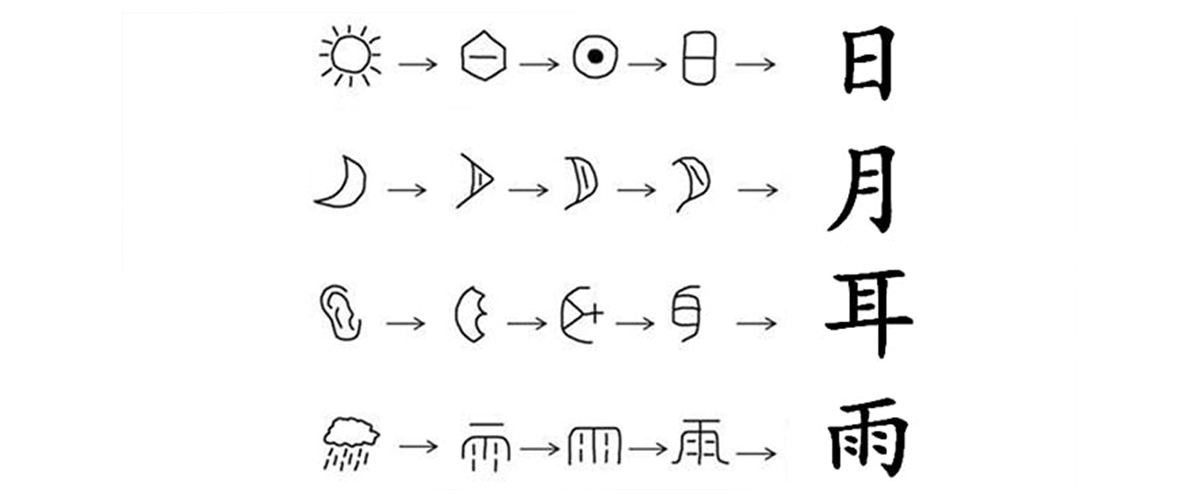East Asia is a region in the east of Asia that includes eight countries and territories. China is East Asia’s largest country and oldest civilization, with Chinese writing serving as the cradle of East Asian writing.
Commonly used writing systems on the world
A writing system is a standardized means of storing information and sending messages in a language that uses intuitive encoding and decoding techniques.
Today, the globe has 18 different writing systems based on four common fonts:
- Alphabet style (Latin, Vietnamese, . . . );
- Pictographs, onomatopoeia (Chinese characters, Kana characters, . . . );
- Abjad (Arabic, Hebrew, …); and
- Abugida (India, Thailand, . . . ).
Writing is a cultural trait of each nation and is tied to each other in the historical process of exchange and colonial conquest. Today, the Latin script is the most used globally since it is scientific and easy to remember.
Figurative and onomatopoeic writing – Asian cultural features
We might start by assuming that Chinese characters (Chinese characters) were the first known written form in East Asia. In fact, the first texts produced in Vietnam, Japan, and Korea were frequently written in Chinese characters. Local place names and people’s names are frequently written using the pronunciation of Chinese characters, and this norm becomes more prevalent when Chinese characters are employed as the script of the local language.
Today, countries such as Japan, South Korea, and North Korea have developed their own writing systems, such as Hangul in South Korea and Kana in Japan, but their writing systems differ. It retains a Chinese flavor, as evidenced by the perfect squares.

Why do East Asian countries need to invent their own writing systems?
One cause could be the ego of East Asian dynasties. Kings in East Asia gradually recognized the need of having a distinct culture for their country, therefore they investigated and developed their own writing systems.
Although the circumstances surrounding the invention or development of the various East Asian writing systems varied, they all have one feature in common. All of them are related to Chinese characters, or at least the “ideal square” shape. This is plainly demonstrated in the characters created during the Party’s reign or in Vietnam; in Japan, the two kana alphabets represent simplified or cursive variants of Chinese characters. Elena Berlanda provides the greatest explanation for the diversity of writing systems, citing “disjunction,” or the urge to be different.
For the Hangang people, who were at odds with China, creating their own writing was a political gesture that demonstrated their independence from the region’s main force. Separate writing systems for local languages gained significance by using a script formerly solely available to Chinese speakers. Indeed, the diversity of East Asian scripts mirrors what Kublai Khan declared in the 13th century when he pushed the development of a script for the Mongol Empire: “Every country has its own writing. “
This is undoubtedly true in East Asia today, but prior to the twentieth century, while each country had its own script for its own language, Chinese writing maintained its prestige. The majority of intellectual literature on medicine, philosophy, and Buddhism were still written in Chinese. Chinese had the advantage of having a single literary language, but when the vernacular became widely used in the twentieth century, East Asia lost that common language. This is the price to pay when indigenous languages take over.



